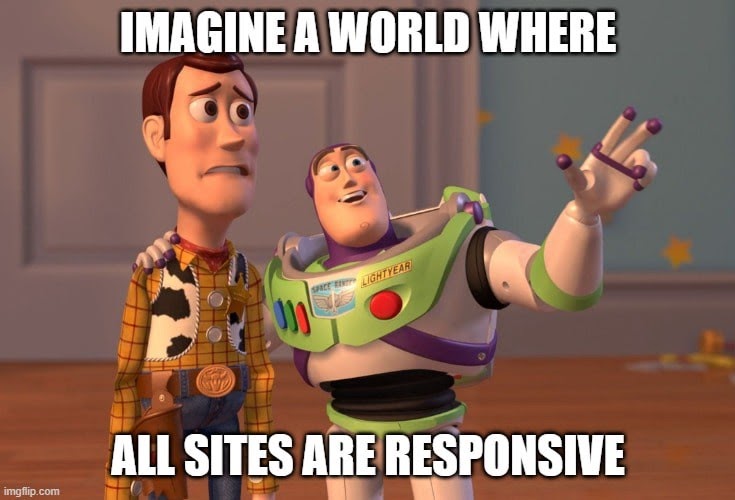In this world of web development, it’s not only about writing code, in fact code is just a small part of the whole system of how things work and how are they interdependent on each other. From web servers to css, backend to frontend, OS to network. This blog explores some essentials and often overlooked topics of the web.
HTML, CSS, JS
Meta Tags
While Meta tags are most used for the purpose of Search Engine Optimization(SEO) there are also some other uses of meta tags that can improve the accessibility and user experience.
Fun fact: Meta tags can be used to redirect to a different page after a set time without any need of Javascript.
<meta http-equiv="refresh" content="5;url=https://example.com">
CSS Pseudo-Classes and Elements
CSS Pseudo classes help to provide a powerful way to select elements based on their state. They help in creating a more dynamic and responsive experience.
Fun fact: The :not() pseudo-class can be used to exclude any element from applying a style. It offers a way to select all element except a particular selector.
/* Select all buttons except the ones with class "thisStyle" */
button:not(.thisStyle) {
color: white;
}
Garbage Collection in JS
The JS environment in most web browser use garbage collection as a method of memory management.
In Chrome, the V8 engine uses a Generational Garbage Collector where the objects are divided into a collection of “old” and “young” generations. It assumes the objects created will often be destroyed quickly while collecting garbage and are kept in this “young” generation, if some object survives multiple garbage collection cycles they are moved to “old” generation. It is assumed that these objects will be needed for quite a time and should not be destroyed.
Web Servers, HTTP
It is the job of a web server to handle incoming HTTP requests, but there are several considerations taken when configuring a web server for hosting in production.
Fun fact: One of the key innovation of. HTTP/2 was multiplexing support. Unlike HTTP/1.1 which sends one request per TCP connection, HTTP/2 supports multiple connection requests and responses to be sent on a single connection. HTTP/3 further builds on this ideology as it ditches TCP in favor of UDP and supports sending request using QUIC protocol.
Conclusion
In conclusion, web development and engineering is a lot more than writing code, it’s about using technology to create most user friendly and most efficient applications. Multiple components of this ecosystem work together to create a seamless experience for the end user.

Leave a Reply